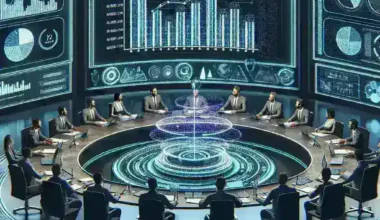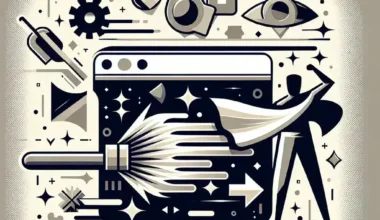Introduction
The mid-20th century marked a significant turning point in technology, primarily due to the invention of the transistor. This small yet powerful component not only replaced the bulky vacuum tubes used in earlier electronics but also laid the groundwork for the modern chip architecture we rely on today. In this article, we will delve into the evolution of the transistor, its implications for chip architecture, and how it continues to influence technological advancements.
The Birth of the Transistor
The transistor was invented in 1947 by John Bardeen, Walter Brattain, and William Shockley at Bell Labs. This groundbreaking invention came about as researchers sought to develop a solid-state alternative to vacuum tubes, which were inefficient and prone to failure. The transistor’s ability to amplify electrical signals quickly gained traction, leading to its widespread adoption in various applications.
Key Characteristics of Transistors
- Size: Transistors are significantly smaller than vacuum tubes, allowing for more compact electronic devices.
- Power Efficiency: They consume less power, making them ideal for portable electronics.
- Reliability: Transistors are more reliable and have a longer lifespan compared to vacuum tubes.
The Evolution of Chip Architecture
With the rise of transistors in the 1950s and 1960s, chip architecture began to evolve. The transition from discrete components to integrated circuits (ICs) marked a major milestone in electronic design. Integrated circuits combined multiple transistors onto a single chip, drastically reducing size and cost while increasing performance.
The Role of Silicon
Silicon became the primary material for semiconductors, owing to its favorable electrical properties and abundance. The development of silicon-based transistors allowed for mass production, leading to the birth of the microprocessor in the 1970s, which further revolutionized computing.
Notable Innovations
Some notable innovations during this period include:
- The Intel 4004: Launched in 1971, it was the first commercially available microprocessor.
- The Moore’s Law: Gordon Moore predicted that the number of transistors on a chip would double approximately every two years, leading to rapid advancements in computing power.
Cultural and Economic Impact
The impact of transistors on society and the economy cannot be overstated. They fueled the growth of the consumer electronics market, leading to the widespread adoption of radios, televisions, and eventually personal computers. The digital revolution transformed industries, enabling innovations in fields such as telecommunications, healthcare, and entertainment.
Statistics and Growth
According to a report by Statista, the global semiconductor market was valued at approximately $450 billion in 2020 and is projected to reach $600 billion by 2025. This growth is a direct result of advancements in chip architecture driven by transistor technology.
Future Predictions
As technology continues to evolve, the role of transistors in chip architecture will only become more critical. The ongoing development of nanotechnology and quantum computing promises to push the limits of what is possible with chip design.
Challenges Ahead
Despite the impressive advancements, several challenges remain:
- As transistors shrink, issues related to heat dissipation and quantum effects become more pronounced.
- Designing chips that can efficiently handle AI and machine learning tasks is an ongoing research area.
Conclusion
In conclusion, the invention of the transistor in the mid-20th century was a transformative event that laid the foundation for modern chip architecture. The ongoing evolution of this technology continues to shape our world, influencing everything from our daily lives to the global economy. As we move forward, the legacy of the transistor will persist, driving innovation and technological advancement for generations to come.






